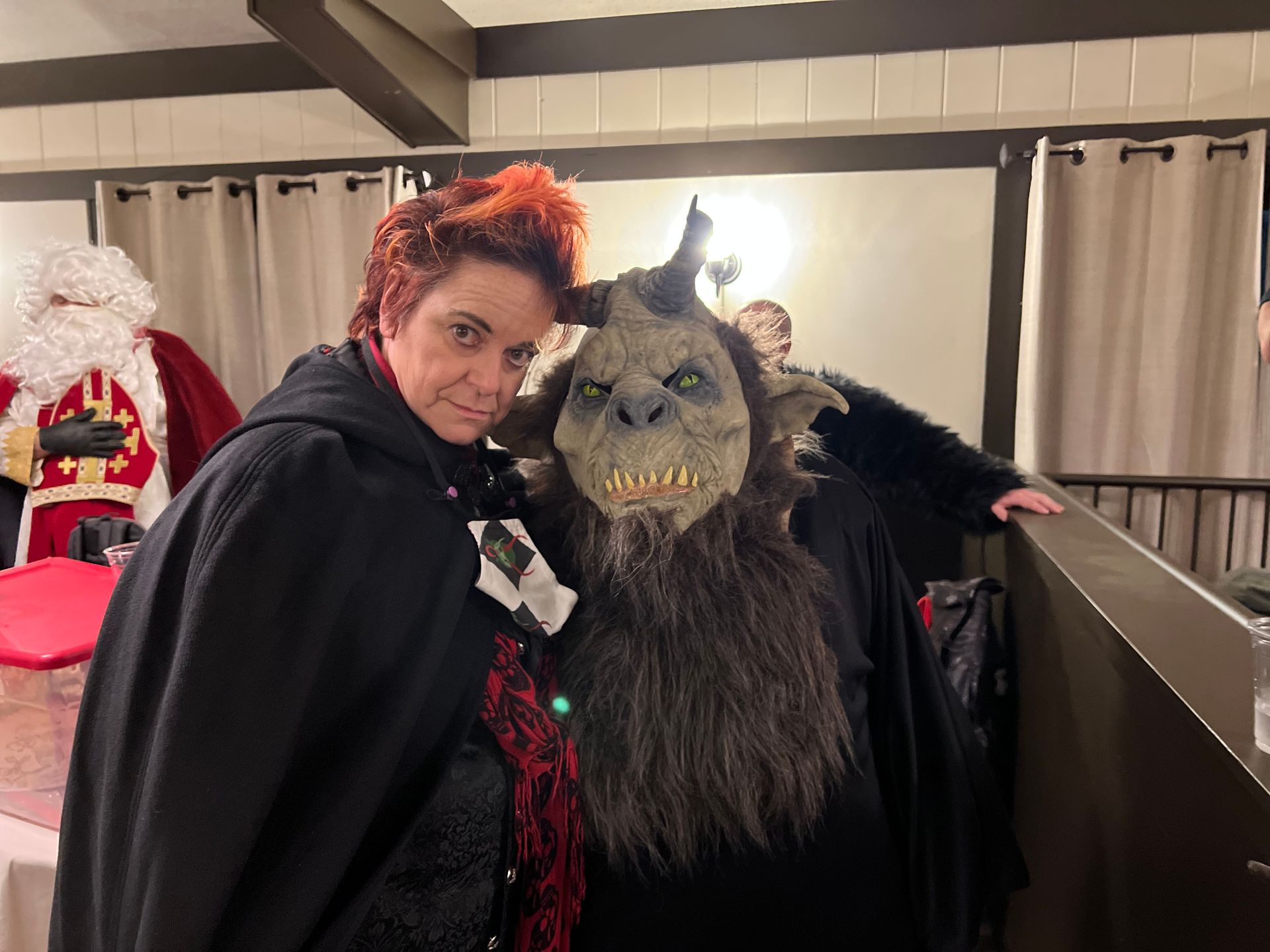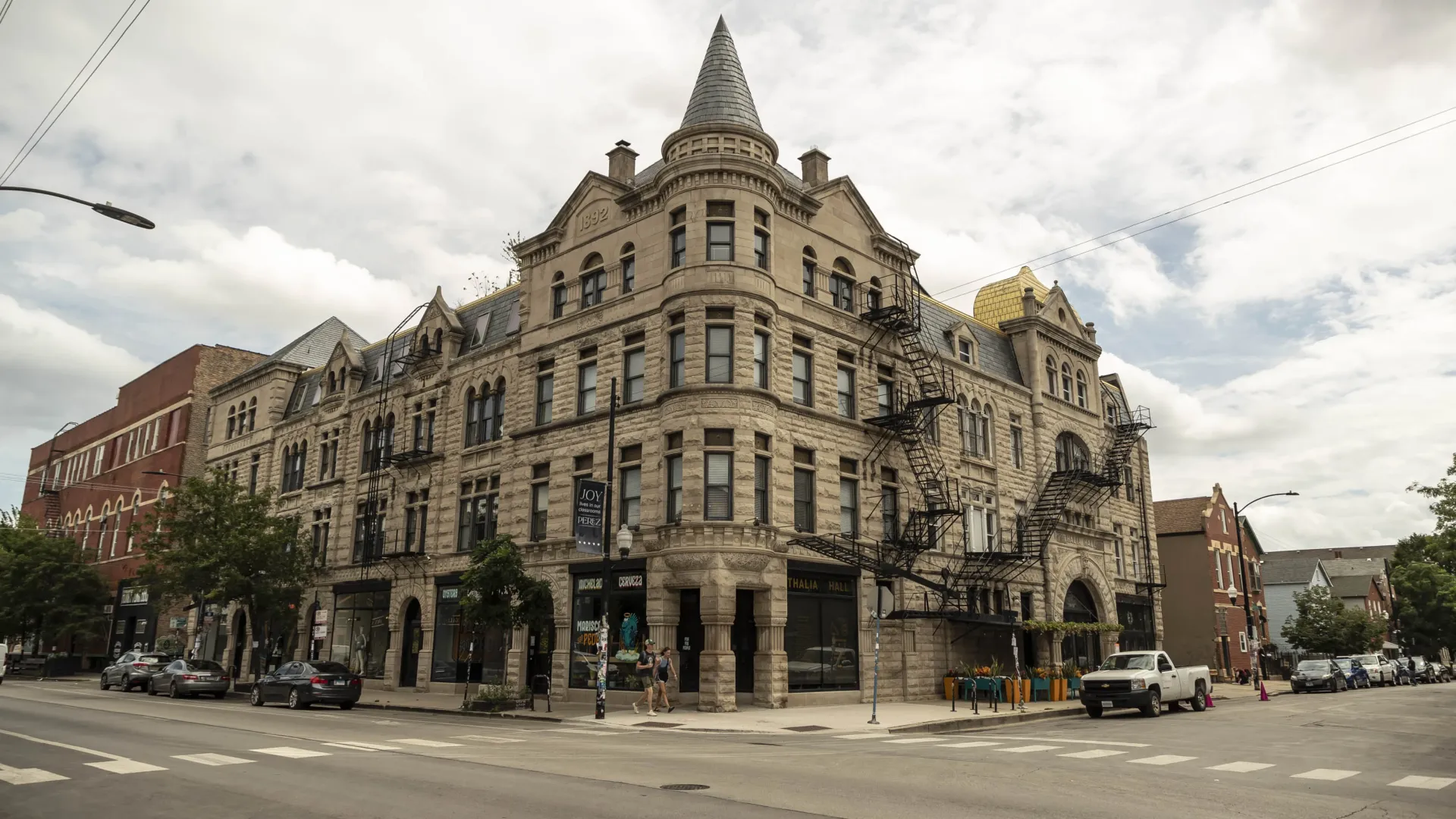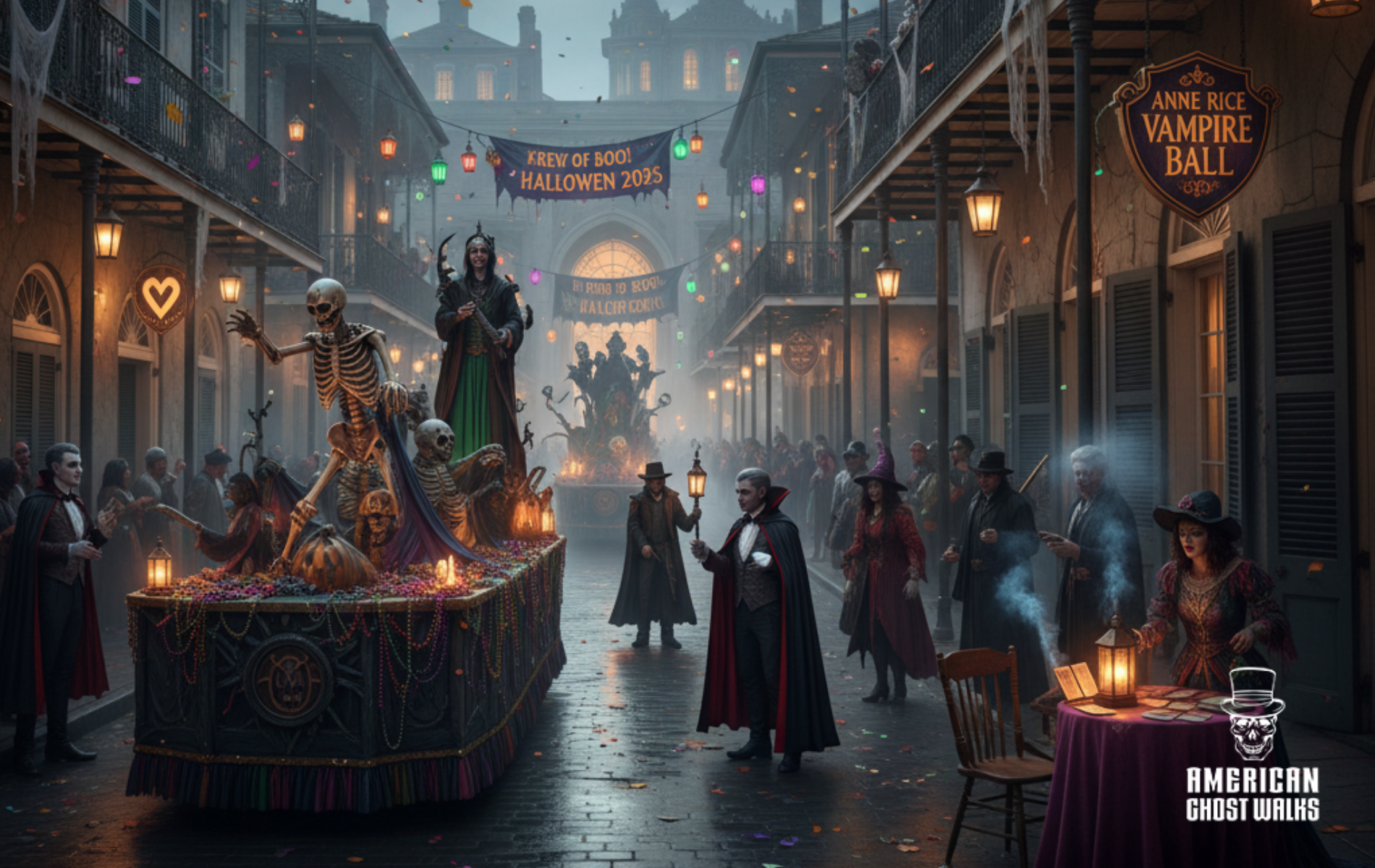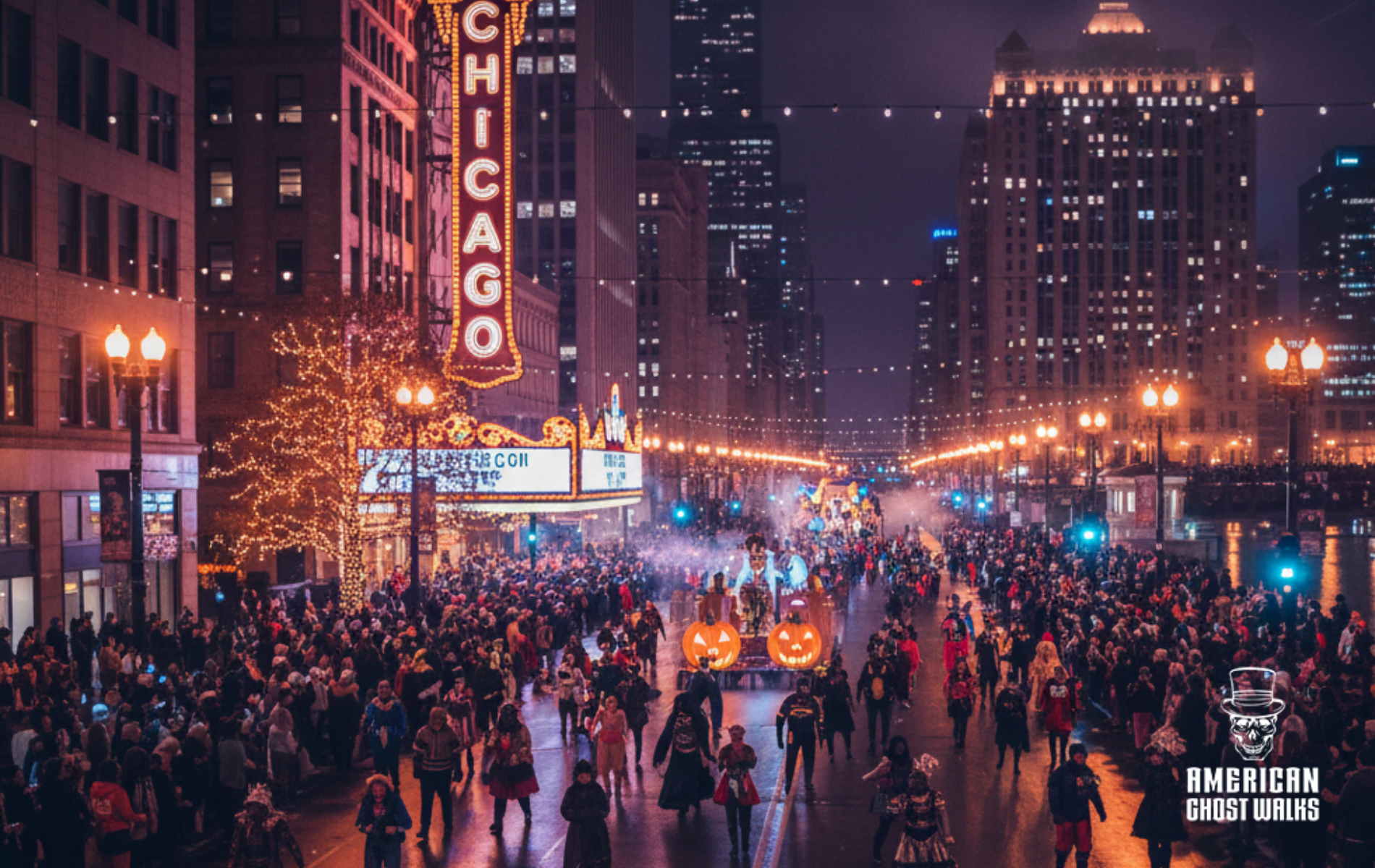Jeffrey Dahmer: True Crime and Paranormal Legends in Wisconsin
Few criminals have captured the world’s morbid curiosity like Jeffrey Dahmer, the infamous “Milwaukee Cannibal.” Between 1978 and 1991, Dahmer murdered 17 men and boys in Ohio and Wisconsin, committing acts of necrophilia, dismemberment, and cannibalism. His story has become one of the most chilling chapters in American true crime history.
In the waning days of July in 1991, I remember my mother telling me when I woke up that they had found "something shocking" in Milwaukee. And those were the first reports of the bodies in the tubs and the heads in the refrigerator.
But beyond the grisly details of his crimes, Dahmer’s legacy has also taken on a paranormal dimension. Sites connected to him, from hotels to apartments to rumored graffiti in Madison, have become haunted hotspots where people claim the energy of his violence still lingers..
Cannibalism: Breaking Humanity’s Deepest Taboo
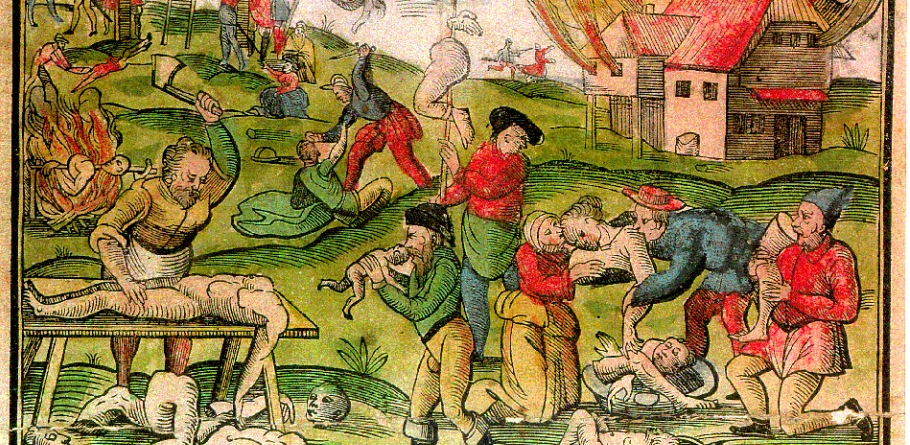
As I talk about in our Wisconsin Legends Podcast episode, Dahmer’s notoriety goes beyond being “just another serial killer.” What made him stand out was his cannibalism:
“That taboo is really what makes Jeffrey Dahmer different. He breaks it, not just the necrophilia thing, which is gross to people enough. It’s that he breaks the taboo of eating human flesh, and people end up focusing on that as the thing that he did.”
Cannibalism has been feared and reviled across cultures for millennia, but it's never about "being hungry". And the biggest movie of the year Dahmer was discovered was Silence of the Lambs, cannibalism and serial killers were already in the zeitgeist (Anthony Hopkins won a Best Actor Academy Award for a mere 16 minutes.
The Bible describes it as a curse in Deuteronomy 28. Native American folklore warns that those who eat human flesh become possessed by the evil spirit of the Wendigo, cursed to hunt endlessly. Even Christianity contains echoes of symbolic cannibalism through communion, in another quote from our podcast:
“In communion at the end of Mass… the bread actually is supposed to become the flesh of Christ and the wine is supposed to become the blood. And so that idea of the human sacrifice, how do you get the spirit of Jesus inside you? How do you be one with God? You eat his flesh and drink his blood.”
This taboo, both horrifying and strangely familiar, is one reason Dahmer remains lodged in public memory.
The First Murder: A Haunted Ohio House
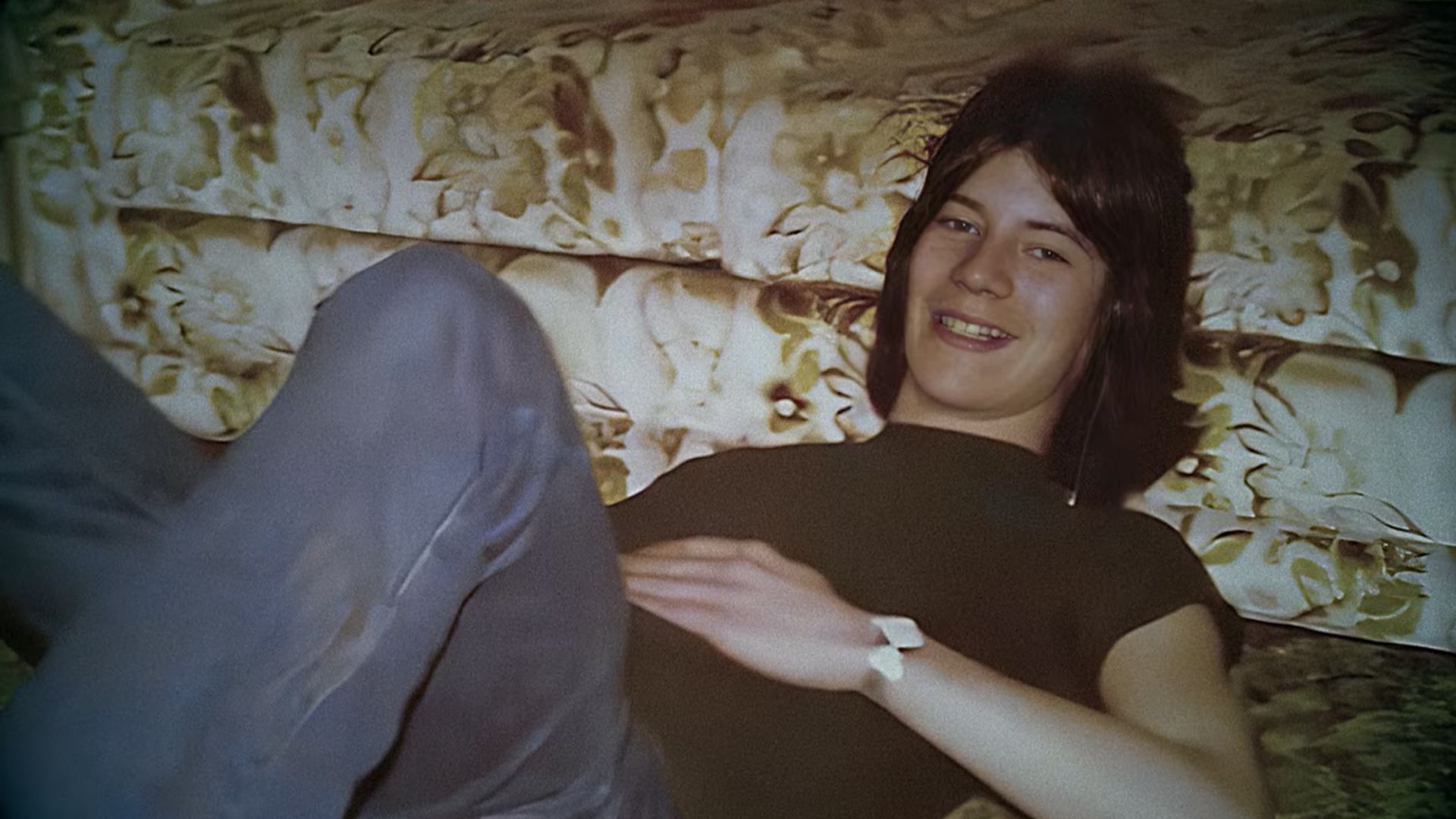
Dahmer’s first victim was Stephen Hicks, a hitchhiker he killed in 1978 at his parents’ Ohio home. Dahmer later admitted he struck Hicks with a barbell when the young man tried to leave.
Years later, when a new owner moved into the house, paranormal activity was reported. According to NPR:
“All the gear that was in the vicinity of the crawl space had malfunctioned… batteries went dead, and my computer system showed a two-gigabyte sound file, a huge file, but it refused to open. The ghost hunters didn’t find anything conclusive… but I know the house is haunted. Maybe not by ghosts, but by something much, much scarier. It’s haunted by reality.”
Here, the line between paranormal and psychological horror blurs. The house is haunted not by spirits, but by the memory of unspeakable violence.
The Ambassador Hotel: First Wisconsin Murder

Dahmer’s first Wisconsin killing occurred at the Ambassador Hotel in downtown Milwaukee in 1987. He met 25-year-old Steven Tuomi at a bar, took him to the hotel, and later claimed he blacked out, waking up to find Tuomi dead.
Paranormal researcher Chad Lewis later told Milwaukee Magazine:
“Ever since then, people have seen what appears to be Dahmer himself or a man covered in blood walk through the rooms and disappear into a wall.”
Today, the hotel embraces its Art Deco elegance, but ghost hunters still whisper about the “murder room.”
The Oxford Apartments: Milwaukee’s House of Horrors
In 1990, Dahmer moved into Apartment 213 of the Oxford Apartments at 924 North 25th Street, Milwaukee. What police found there in July 1991 shocked the world:
- Skulls and bones, some spray-painted or bleached
- Polaroids of dismembered bodies
- Preserved body parts in the refrigerator and freezer
- A 55-gallon drum filled with decomposing remains
When police finally arrested Dahmer, they opened his fridge and found a severed head. Dahmer reportedly muttered:
“For what I did, I should be dead.”
The Oxford Apartments were demolished in 1992, but the lot remains a macabre pilgrimage site. Visitors report phantom screams, cold spots, and an overwhelming sense of dread.
Weird Graffiti in Madison
In Madison, Wisconsin, another Dahmer legend persists. At the former Gardner Bakery, strange graffiti was discovered in the elevator and basement, allegedly signed by Dahmer in March 1987.
As Badgerland Legends' Jeff Finup explained on our podcast:
“There is Dahmer’s signature in the elevator and also graffiti in the basement. The graffiti has the date… it coincides with after he was let off for the second indecent exposure incident.”
Though never verified, photos of the graffiti circulate on social media. Paranormal enthusiasts believe the site carries a heavy, oppressive energy, a psychic residue of Dahmer’s presence. But he did come to Madison for a psychiatric evaluation (where the doctor warned that his behavior might eventually turn violent), so he was here during that time, it could be him... or tasteless prank.
True Crime Meets Paranormal

Part of Dahmer’s ongoing cultural impact comes from how his crimes overlap with the supernatural imagination. His story reads like horror fiction:
- Watching The Exorcist III and Return of the Jedi before murders, identifying with villains like the Gemini Killer and Emperor Palpatine
- Planning to build an altar of skulls in his apartment, complete with black drapes and eerie lighting
- His fascination with preserving body parts, as if trying to trap souls inside his apartment
Was he a lunatic? He fantasized about creating a lobotomized sex slave, but that was as his alcoholism increased in the final months of his rampage where he started killing more regularly, contributing to the behavior that got him arrested and caught. But before then:
“He lucidly and rationally managed himself to obtain what he desired… He did not need more than a body without a soul, deprived of any human emotion and will.”
These elements blur the line between true crime and occult horror, which is why Dahmer remains a figure of both history and legend.
Haunting Themes That Endure
Why does Dahmer’s story still fascinate us, decades later?
- The Cannibal Taboo – His acts violated a universal human boundary.
- The “Monster Next Door” – He looked ordinary, which made his crimes more chilling.
- Paranormal Echoes – Haunted hotels, cursed graffiti, and phantom activity tie his crimes to folklore.
- Pop Culture Parallels – His rise coincided with the popularity of fictional cannibals like Hannibal Lecter.
As one investigator put it:
“It may not be haunted by ghosts, but by something much scarier... reality.”
Jeffrey Dahmer’s crimes shook Milwaukee and horrified the world. But beyond the headlines, his legacy also bleeds into Wisconsin’s haunted history. From the Ambassador Hotel’s ghostly sightings to the cursed Oxford Apartments lot, from paranormal graffiti in Madison to the haunted Ohio house where his murders began, Dahmer’s presence lingers like a shadow.
For true crime enthusiasts, Dahmer represents the darkest corners of human psychology. For paranormal seekers, he proves that some places remain forever marked by evil. Together, these threads weave his story into both criminal history and supernatural folklore.

